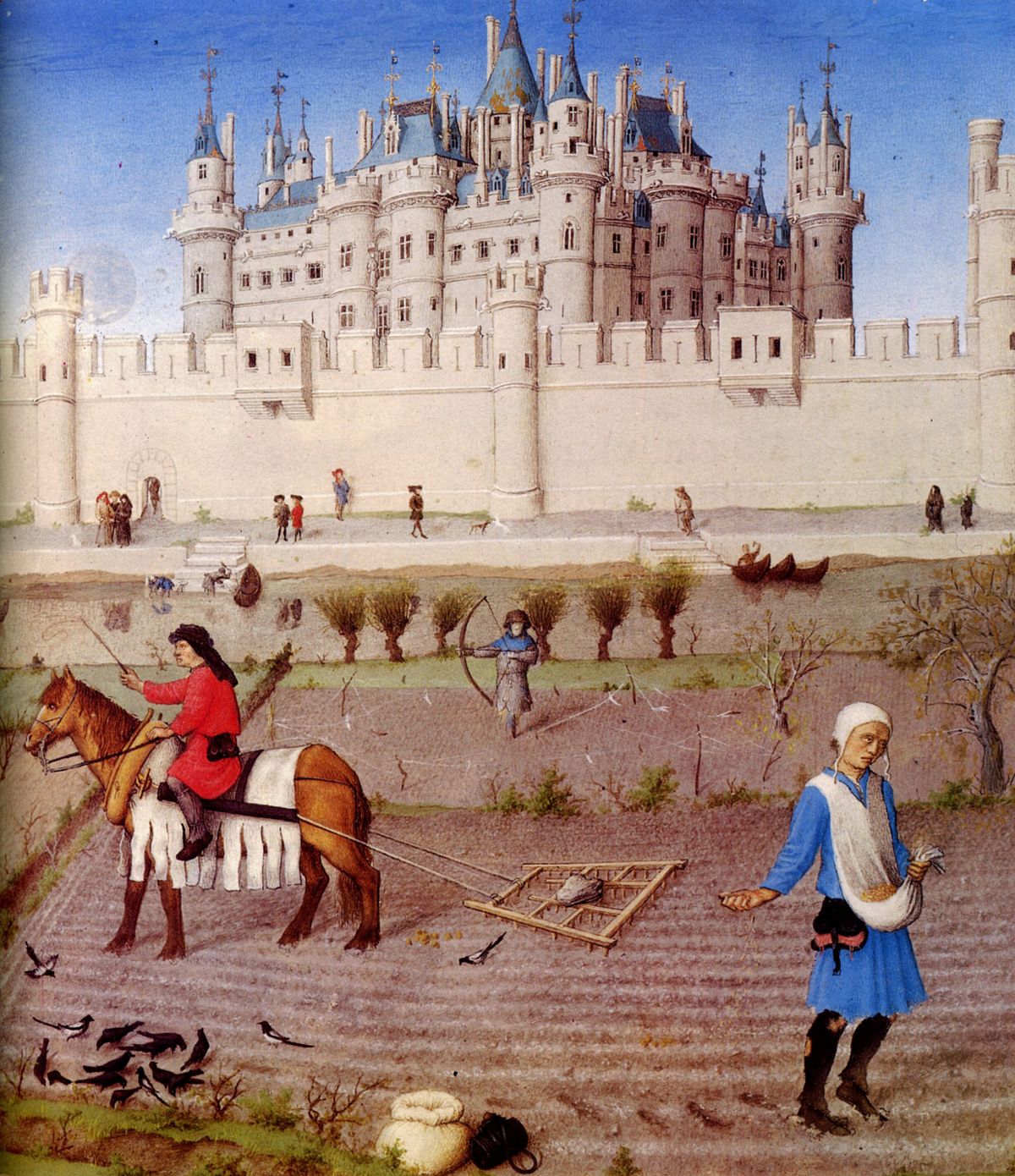
The Middle Ages, spanning roughly from the 5th to the 15th century, were a vibrant era of faith, culture, and intellectual growth, often mislabeled as the "Dark Ages." Far from being a time of ignorance & stagnation, this period saw the Church as a beacon of light, preserving knowledge, fostering art, & building a civilization rooted in Christian truth. From the majestic cathedrals to the works of saints like Aquinas and Bernard, the Middle Ages were a testament to humanity’s pursuit of God.
The term "Dark Ages" was coined by Renaissance humanists and later Enlightenment thinkers to contrast their "enlightened" eras with a supposedly backward medieval period. This mischaracterization ignores the Church’s role in preserving classical knowledge and advancing civilization.
The Church founded universities, copied manuscripts, developed Gothic architecture, and inspired theological masterpieces. Figures like St. Thomas Aquinas and St. Bernard of Clairvaux advanced philosophy, spirituality, and devotion to God.
Secular humanists, Reformation propagandists, and Enlightenment skeptics gained by discrediting the Church’s influence. By portraying the Middle Ages as dark, they justified their own ideologies and diminished Catholicism’s historical legacy.
Yes, the period saw the rise of scholasticism, scientific inquiry (e.g., Roger Bacon), and legal systems. Monasteries were centers of learning, preserving Greek and Roman texts while advancing Christian thought. Monastacism contributed in many other ways to advancement of civilization.
The Church inspired art (e.g., illuminated manuscripts, cathedrals), music (e.g., Gregorian chant), and social structures like hospitals and charity, reflecting a society ordered toward God.
While conflicts existed, as in any era, the Church often mediated peace and promoted moral order. The caricature of constant oppression overlooks the stability and faith that defined daily life.
The Crusades were complex, often defensive responses to Islamic expansion, aimed at protecting pilgrims and reclaiming Christian lands. They reflect the era’s zeal for faith, not mere barbarism.
From a Catholic perspective, today’s abandonment of God and the pursuit of truth marks a truer "dark age." Materialism and relativism dim the light of faith that once guided society.
The Middle Ages transitioned into the Renaissance around the 15th century, but this was a continuation, not a rejection, of medieval achievements, with the Church still playing a vital role.
Reclaiming this era counters false narratives, honors the Church’s legacy, and reminds us of a time when faith illuminated civilization—offering lessons for today’s spiritual renewal.